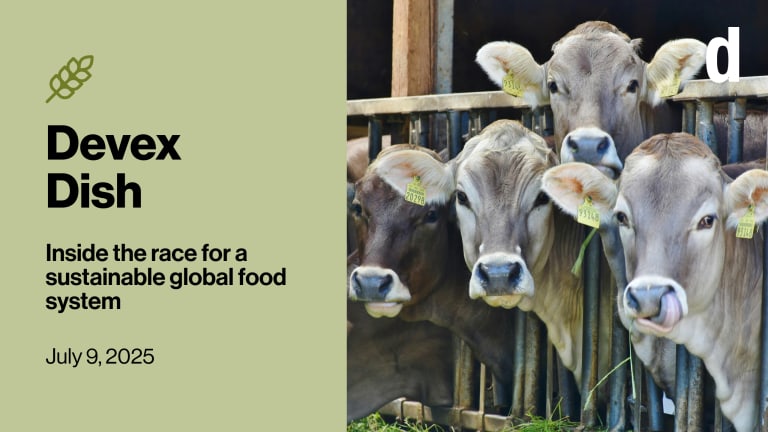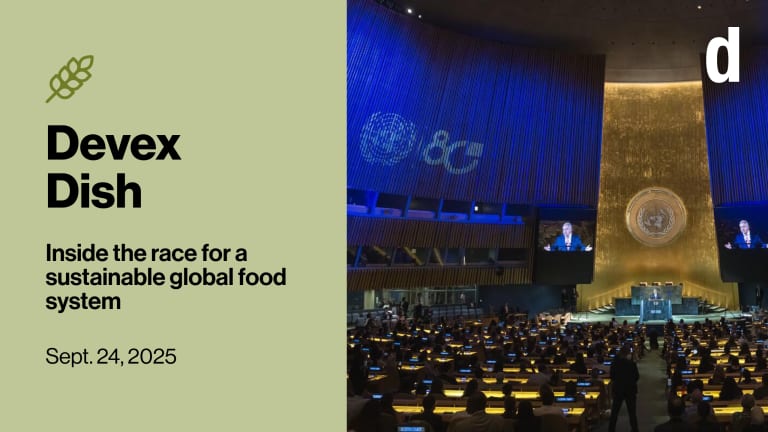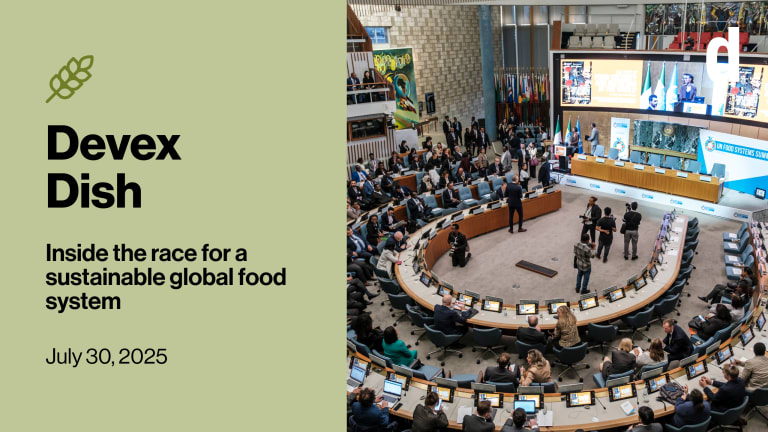This week I’m bringing you the latest in the long saga of malnutrition treatment reform, a topic I’ve been tracking closely for years now. The World Health Organization is finally out with its guidelines on the prevention and treatment of wasting, aka low weight, often caused by inadequate food supply. This sounds incredibly wonky and specific — and believe me, the 188-page PDF is both of those things. (Without a medical background, I found much of the technical language to be nearly incomprehensible.)
But this really matters because it has a direct impact on how many children can be reached with lifesaving treatment, which could prevent them from starving to death. Kids are still dying not because we don’t know how to treat them, but because there isn’t enough money to reach everyone who needs it.
I obtained a copy of the guidelines document when it was put on a research platform used by WHO but not available publicly, so many in the malnutrition treatment community were still digesting the content of the massive, and incredibly technical, document. I’ll be bringing you further analysis of how it will affect the sector, including implementers and malnutrition treatment manufacturers, after they’ve had some time to determine how it may influence their operations.








